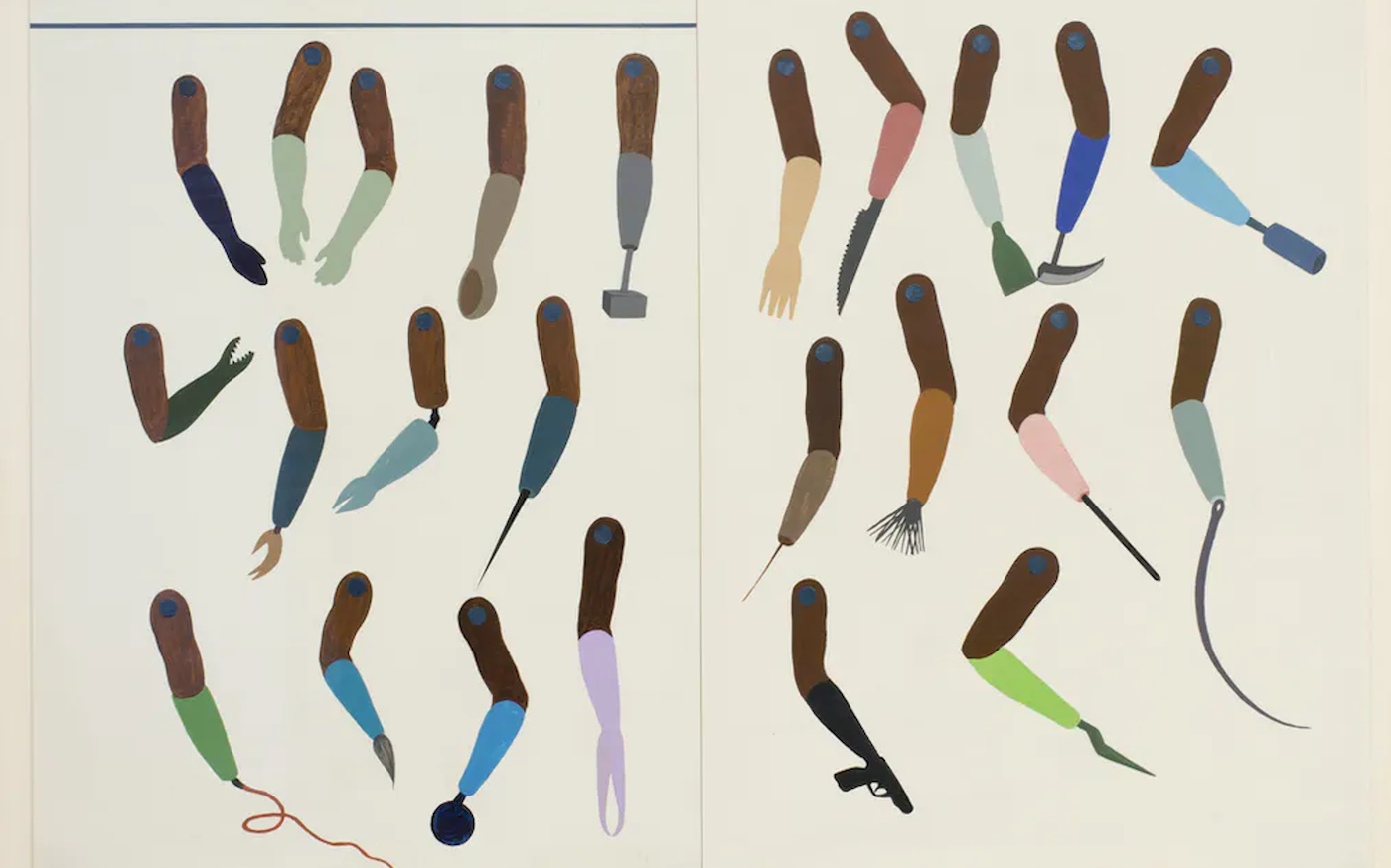Behind Every Map, There is a Person: DANIEL

02 September 2015
Magazine C&
3 min read
These maps by Philippe Rekacewicz show how the phenomenon of migration relates to the issue of political borders. They are not “finalized” maps, but rather rough drafts whose the provisional character attests to the nature of the border itself: ambivalent and paradoxical (it divides as much as it unites). Borders are difficult to map out: first the …
These maps by Philippe Rekacewicz show how the phenomenon of migration relates to the issue of political borders. They are not "finalized" maps, but rather rough drafts whose the provisional character attests to the nature of the border itself: ambivalent and paradoxical (it divides as much as it unites). Borders are difficult to map out: first the maps respond to the question of "where" and then they permit us to understand "what", to understand how human communities organize and produce their territory to the detriment of their neighbors.
Behind every map, there is an intention. A map is born of an idea; it is an intellectual construction before being formalized into the sketched draft, the sign of that first cartographic intent. Once they are printed, the political maps of the world “ those depicting the complex networks of lines that symbolize borders - create the illusion of a world that is perfectly carved up into units of life, into regions and countries. They have an air of harmony about them, and they give the borders a sense of permanence. However, borders are inscribed into the landscape in a myriad of ways: they can tower up as thick, insurmountable barriers, or they can be practically nonexistent. Between these extremes, there is an infinite number of variations. And these virtual lines shift in time and space whenever history unsettles the world.
DANIEL
Things started to go wrong in Paris, where a series of mishaps prevented Daniel from reaching Bochum. The ticket office in Paris sold him a train ticket to Germany via Switzerland rather than Belgium. With no visa Daniel was turned back at the Swiss border. Back in Paris he tried again, but was sold a ticket for Italy, which he thought was on his way. He spent two days at Milan station in a state of confusion and then headed for Austria. He eventually arrived in Innsbruck, having walked the last few kilometers, without his bags which he had sold to pay for his ticket. After a week in the station and bitterly cold nights in a stadium, he was persuaded by a passerby to turn himself in to the local police.
This collection of maps were produced for the exhibition "WAYPOINTS LIKE SHARON S STONE", Kunsthalle Exnergasse, 2007, and first appeared in print inChimurenga, Vol. 14, “Everyone Has Their Indian.”
Read more from
Migration

Electric Dub Station: The Return of Tomorrow

Tessa Mars Links the Migratory Experience to Haitian Spirituality

Art and Identity in the Caribbean
Read more from
Urban life

Shades of Green

Carnival, Body, and Territory
